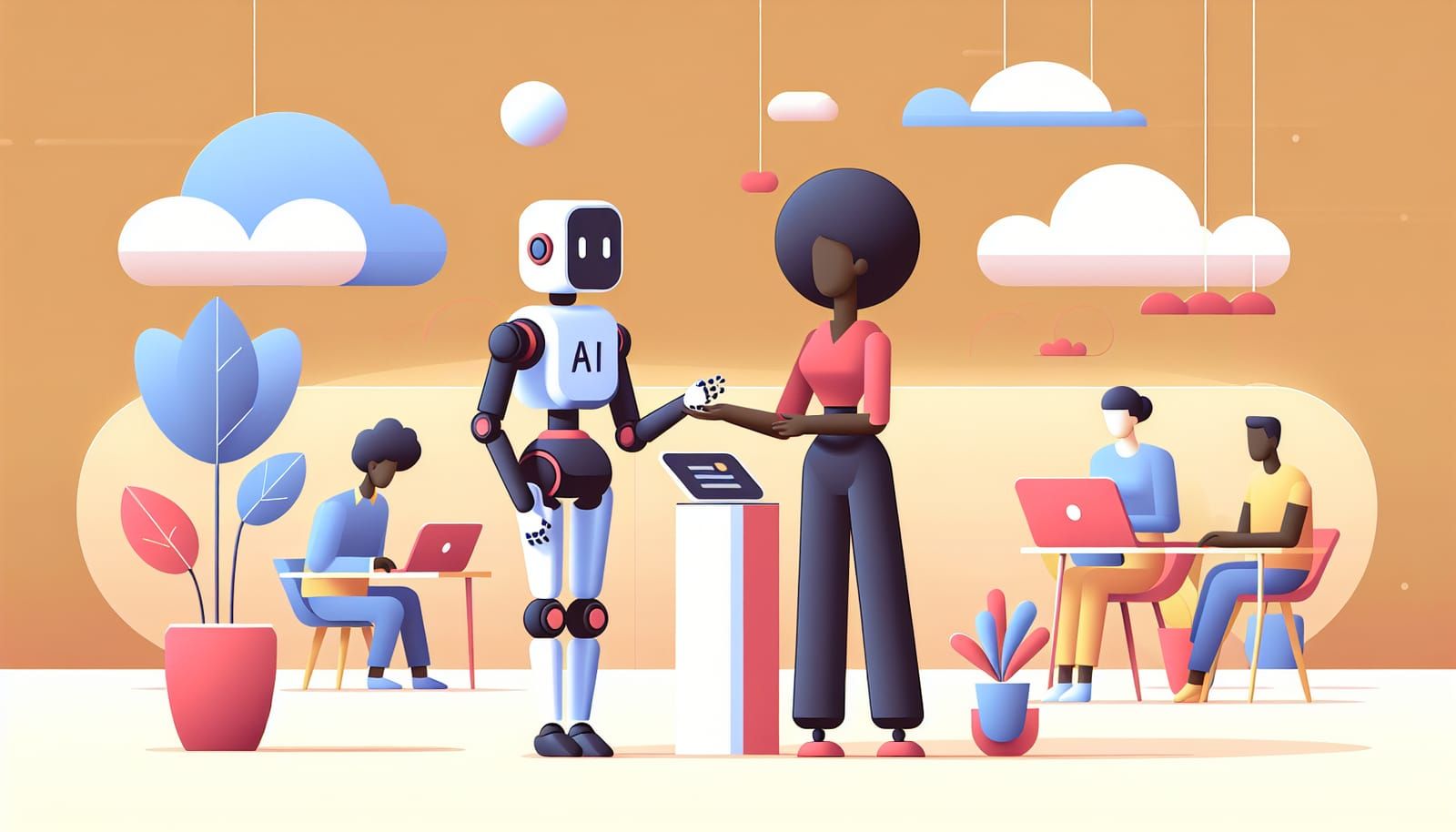In today's world, where communication knows no boundaries, we often find ourselves needing to understand different languages. Whether it's a text message from a friend abroad, a sign while traveling, or an article in a foreign language, artificial intelligence (AI) has made it easier than ever to bridge these language gaps. But how does AI manage to translate languages so quickly? Let's dive into the fascinating world of AI language translation!
What is AI Language Translation?
AI language translation refers to the use of artificial intelligence to convert text or speech from one language to another. Unlike traditional translation methods, which often relied on human translators, AI can process information at lightning speed, making it a powerful tool for breaking down language barriers.
At its core, AI translation uses complex algorithms and models, like neural networks, to understand and generate text. These models learn from vast amounts of data, allowing them to recognize patterns, meanings, and contexts in multiple languages. The result? Fast and often accurate translations that can be generated in mere seconds!
How Does AI Learn Languages?
The magic behind AI translation lies in how it learns languages. Instead of relying on a dictionary-like approach, AI uses a method called "machine learning." Here’s a simplified breakdown of how it works:
Training Data: AI models are trained on enormous datasets containing text in multiple languages. This data can come from books, websites, and even conversations. The more data the AI has, the better it gets at understanding nuances in language.
Neural Networks: At the heart of AI translation models are neural networks, which mimic the way human brains work. These networks consist of layers of interconnected nodes that process information. When a new sentence is entered, the network analyzes it, understands its structure, and predicts how to translate it into another language.
Continuous Learning: AI models continue to learn and improve as they are exposed to more data. They can adapt to new slang, idioms, and changes in language over time, which means translations become more accurate as the AI evolves.
Speed and Accuracy: The Power of AI
One of the most remarkable features of AI translation is its speed. Traditional human translation can take time, depending on the length and complexity of the text. In contrast, AI can translate a sentence in a matter of seconds. This speed is particularly valuable in situations where immediate communication is essential, such as during international business meetings or emergency services.
However, speed doesn't always guarantee accuracy. AI translation models have improved significantly, but they can still struggle with context, cultural nuances, and idiomatic expressions. For example, a phrase in English like “kick the bucket” means to die, but a direct translation into another language might not convey the same meaning. Therefore, while AI is a powerful tool, it's essential to remember that it's not perfect.
Real-World Applications of AI Translation
AI translation has a wide range of applications that make our lives easier. Here are a few examples:
Travel: When traveling to a foreign country, language barriers can be daunting. With AI translation apps on smartphones, travelers can instantly translate signs, menus, and conversations, making their journeys smoother and more enjoyable.
Business: In the global marketplace, companies often deal with clients and partners from different countries. AI translation helps businesses communicate effectively, negotiate contracts, and understand market research, all in real-time.
Education: Students learning new languages can benefit from AI translation tools to help with homework, research, and understanding foreign literature. Teachers can also use these tools to create bilingual materials for diverse classrooms.
Social Media: Platforms like Facebook and Twitter utilize AI translation to make content accessible to users worldwide. This allows people from different cultures to connect and share ideas, fostering a more inclusive online community.
The Future of AI Translation
As technology continues to advance, the future of AI translation looks promising. Researchers are working on developing even more sophisticated models that can understand context better, making translations more nuanced and culturally relevant.
In addition, voice recognition technology is improving, allowing AI to translate spoken language in real-time during conversations. Imagine having a chat with someone who speaks a different language, and AI translating your words instantaneously! This could revolutionize international communication.
AI has transformed the way we communicate across languages, making it easier and faster to understand one another. While there are still challenges to overcome, the advancements in AI language translation are nothing short of remarkable. Whether you're a traveler, a business professional, or a curious student, AI translation tools are here to help you connect with the world.
So the next time you come across a foreign language, remember that with AI, understanding is just a click away! Embrace the power of technology, and who knows—maybe you'll find a new passion for learning languages along the way!


